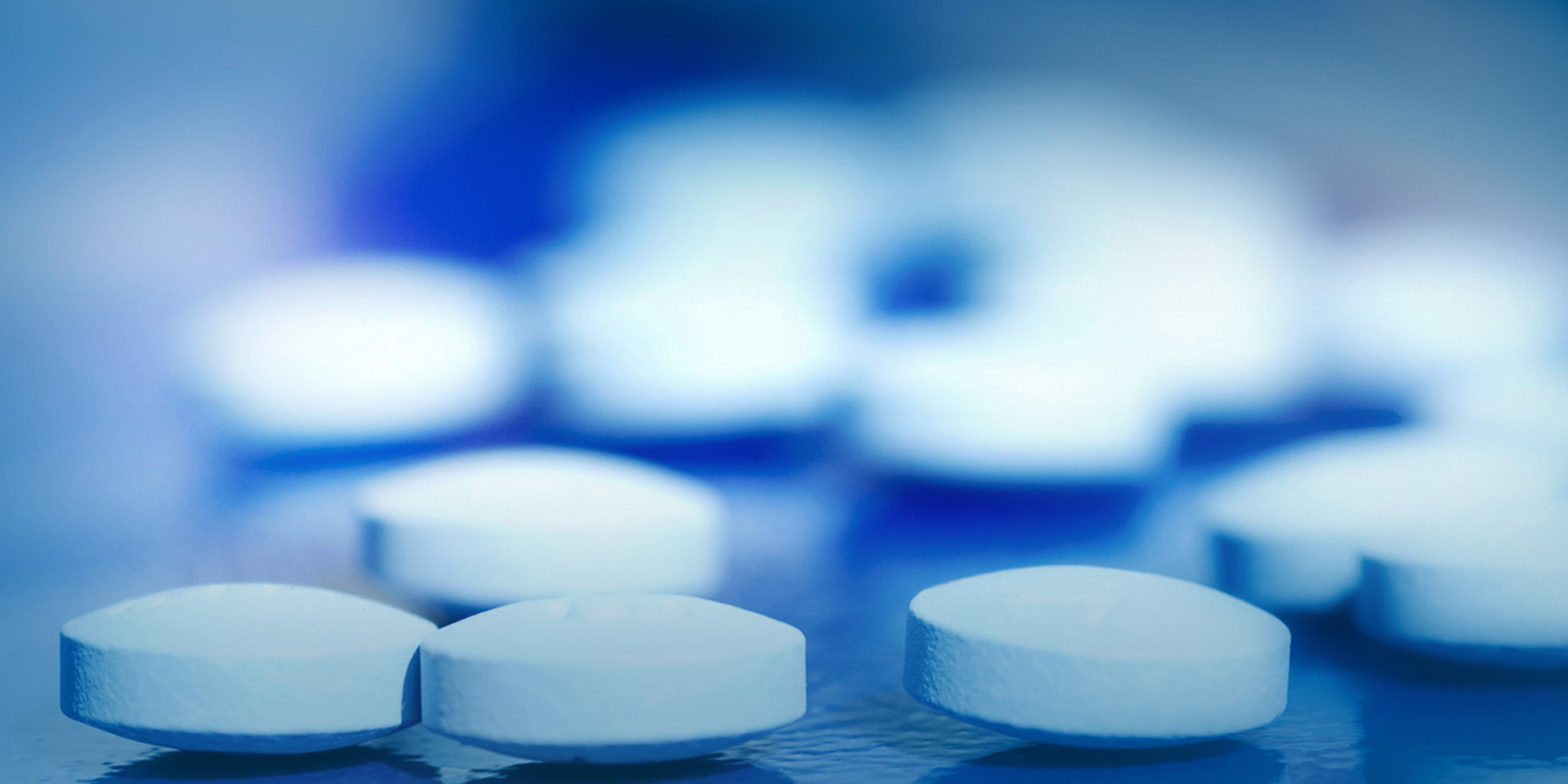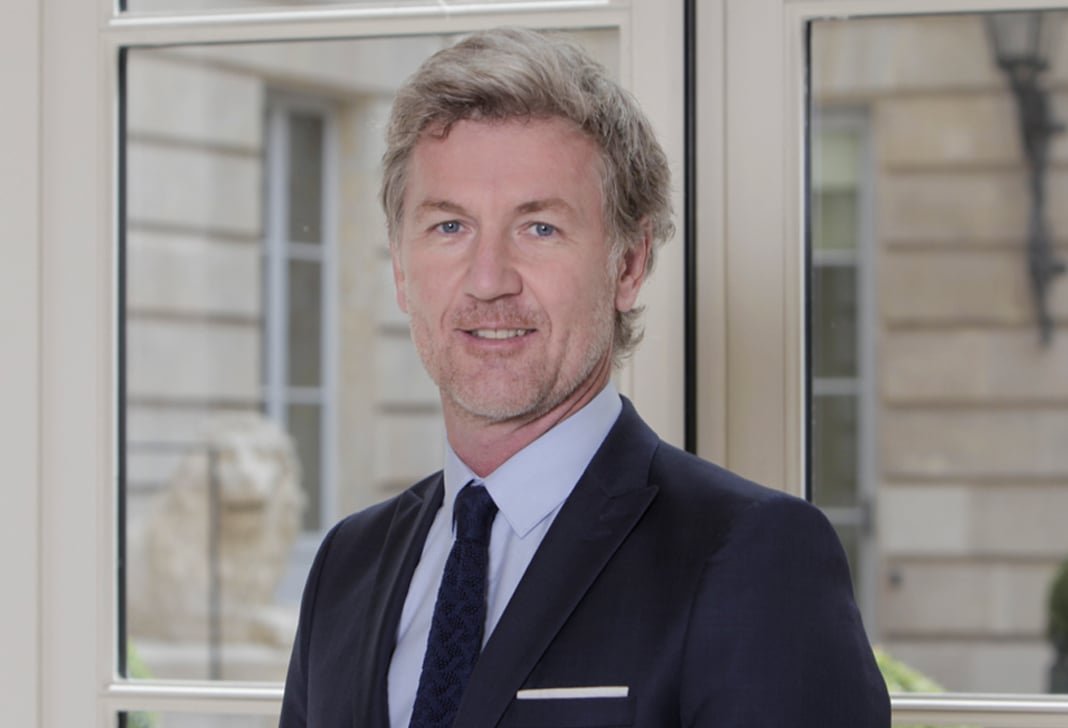
French Cour de Cassation Clarifies Requirement of Plausibility
In Short
The Decision: The French Cour de cassation, in a case concerning a dosage regime patent, recently clarified the "plausibility" requirement, an element of sufficiency of disclosure or inventive step.
The Result: The wording of the Cour de cassation's decision creates a stringent plausibility requirement, but this decision was issued in relation to a patent claiming a specific administration mode and dosage, and a far less stringent plausibility requirement has been applied by lower courts in matters regarding other types of claims, in particular pure product or compound claims with no functional features.
The Requirement of Plausibility
The requirement for plausibility is not based in legislation, yet in Europe, a body of case law has created this requirement to distinguish those applications that actually do demonstrate a technical effect from purely speculative patents. The plausibility of the technical effect as set out in the patent also affects the patentee's ability to rely on experimental results available only after the filing date, for proving that a technical problem has indeed been solved.
The emergence of the concept of plausibility in relation to each of inventive step, sufficiency, and industrial applicability is now often invoked in the life sciences sector, where claimed technical effects are often not self-evident. In France, the requirement of plausibility has been examined under both sufficiency and inventive step.
The Plausibility Requirement Assessed by French Courts
In its decision of December 6, 2017, the Cour de cassation, France's highest civil court, clarified the outlines of the plausibility requirement when applied to second medical use claims and, more particularly, to dosage claims. This decision was rendered against a decision of the Court of Appeal of Paris of January 30, 2015, which held that European Patent No. 0 724 444 was invalid for insufficiency.
The European Patent at stake, "Method of treating androgenic alopecia with 5-alpha reductase inhibitors," comprised three claims directed to low-dosage oral administration of finasteride to treat androgenic alopecia in humans; Claim 1 was a "Swiss-type claim." Prior art included patents covering different ways of administering finasteride (topical or systemic) and for higher doses.
The Court of Appeal's January 30, 2015, Decision
In its decision, the Court of Appeal ruled that "although it is not required to clinically demonstrate the therapeutic effect of the invention for the patent to be valid, the pharmaceutical effect described in the patent application must reflect directly and unambiguously the claimed therapeutic uses in order for the skilled person to understand, on the basis of commonly accepted models, that the results reflect these therapeutic uses."
It added, "It is up to the inventor to indicate that the result has been researched and exists, and this, by any experimental information or not, explaining and establishing the pharmaceutical effect claimed, from the date of filing."
The Court of Appeal underlined that the patent description did not indicate the advantage or technical effect resulting from the specific oral administration and did not contain anything demonstrating the potential effectiveness of a lower dosage of finasteride. The Court of Appeal added that no relevant and convincing results were provided in the application to prove the claimed pharmaceutical effect, and that this was not explained.
As a result, the Court of Appeal held that the patent was invalid for insufficiency of disclosure.
The Cour de Cassation's December 6, 2017, Decision
In its decision of December 6, 2017, the Cour de cassation dismissed the appeal made against the Court of Appeal's ruling on invalidity.
The Cour de cassation first set the rule of law as follows: "when a claim relates to a subsequent therapeutic application of a substance or composition, obtaining this therapeutic effect is a functional technical feature of the claim, so that if, to satisfy the requirement of sufficiency of description, it is not necessary to demonstrate clinically this therapeutic effect, the patent application must, however, reflect directly and unambiguously the claimed therapeutic application, so that the skilled person understands, based on commonly accepted models, that the results reflect this therapeutic application."
The Cour de cassation then mentioned that the Court of Appeal correctly applied this rule as it considered whether the patent application at issue directly and unambiguously reflected the claimed invention. The Cour de cassation also approved the Court of Appeal's decision when it noted that none of the examples given in the patent application enable a comparison between the claimed low dosage and the higher dosage of the prior art. Thus, the Court of Appeal was right in ruling that those examples do not reflect directly and unambiguously that the claimed technical effect resulted from the invention as claimed.
Consequences to be Drawn from the Cour de Cassation's Decision
The Cour de cassation adopts a stringent position regarding the plausibility requirement when it declares that the patent application must "reflect directly and unambiguously the claimed therapeutic application."
Yet, this decision was issued in relation to a patent claiming a specific administration mode and dosage. A different approach has been taken in matters regarding other types of claims, in particular pure product or compound claims with no functional features, for which a far less stringent plausibility requirement is applied.
The decision reflects broader developments in Europe, including the United Kingdom and the Netherlands, where plausibility has for some time been routinely deployed as a threshold test for challenging patent validity. Other EU jurisdictions, on the other hand, such as the German courts, have been hesitant to use plausibility as a separate requirement, let alone as a routine test, when assessing patent validity.
Two Key Takeaways
- The French Cour de cassation adopts a stringent position regarding the plausibility requirement by declaring that the patent application must "reflect directly and unambiguously the claimed therapeutic application." Yet, it must be kept in mind that this decision was issued in relation to a patent claiming a specific administration mode and dosage.
- A different approach has been taken in matters regarding other types of claims, in particular pure product or compound claims with no functional features, for which a far less stringent plausibility requirement is applied.
Lawyer Contacts
For further information, please contact your principal Firm representative or the lawyers listed below. General email messages may be sent using our "Contact Us" form, which can be found at www.jonesday.com/contactus/.
Thomas Bouvet
Paris
+33.1.56.59.39.39
tbouvet@jonesday.com
Laura Romestant
Paris
+33.1.56.59.38.99
lromestant@jonesday.com
Alastair J. McCulloch
London
+44.20.70.39.52.19
amcculloch@jonesday.com
Christian Paul
Munich / Dűsseldorf
+49.89.20.60.42.200 / +49.211.5406.5500
cpaul@jonesday.com
Jones Day publications should not be construed as legal advice on any specific facts or circumstances. The contents are intended for general information purposes only and may not be quoted or referred to in any other publication or proceeding without the prior written consent of the Firm, to be given or withheld at our discretion. To request reprint permission for any of our publications, please use our "Contact Us" form, which can be found on our website at www.jonesday.com. The mailing of this publication is not intended to create, and receipt of it does not constitute, an attorney-client relationship. The views set forth herein are the personal views of the authors and do not necessarily reflect those of the Firm.




